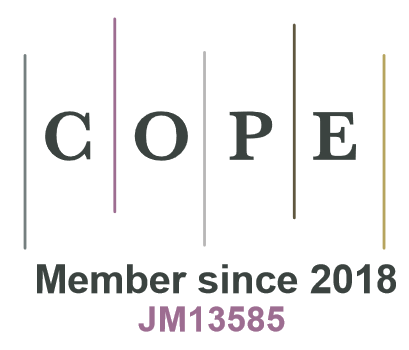Silva Fennica vol. 19 no. 3 | 1985
Category : Article
Different sampling methods (the percentage cover scale, the graphical method, two-point quadrat methods, the five-, nine- and twelve-class cover scales, and the biomass harvesting) were used in estimating abundance of ground vegetation in clear-cut areas and on an abandoned field in Southern and Central Finland. The results are examined with the help of DCA ordinations. In addition, the species numbers and diversity indices obtained by different sampling methods are compared.
There were no large differences in DCA configurations between the sampling methods. According to all the sampling methods, a complex soil fertility-moisture gradient (a forest site type) was interpreted as the main ordination gradient in the vegetation data for clear-cut areas. However, different sampling methods did not give similar estimates of species numbers and diversity indices.
The PDF includes a summary in Finnish.
A test sawing was made of 807 Scots pine (Pinus sylvestris L.) saw logs of varying size and quality. The most important knot characteristic affecting the value of sawn goods was the diameter of the thickest dry knot. The new minimum requirements for pine logs were proposed on the basis of top diameter of the log and the diameter of the thickest dry and living knot.
The PDF includes a summary in English
The abundance of main invertebrate groups was studied in clear-fellings, forests and in edges between them in Northern Finland in June-August 1983. Five trapping transects were used. Each transect had 48 pitfall traps and 16 window traps on the ground and 4-6 window traps in bushes or trees.
Invertebrate groups Homoptera, Diptera, Formicidae, Coleoptera and Gastropoda were more abundant in forest than in clear-cuts according to the pitfall data. In window traps the catches of all the main groups were larger in the forest side. Six out of the eight most important groups preferred the edge in pitfall data. Formicidae, other Hymenoptera, Arachnida and Gastropoda were more numerous in the edges than in the interior habitats in both sides of the edge. In window trap material no consistent edge preference was found in clear-fellings, but in the forest side it was evident. Coleoptera and Arachnida preferred the edge on both sides of it.
The variations in the catches of the invertebrate groups were studied by regression analyses. Independent variables used were the distance to the edge, the coverage of mosses, litter, mineral soil, grasses and sedges, herbs and the density of saplings. The percentage of variance explained in multiple regression analyses were highest for the group of other Hymenoptera and Arachnida and lowest for Coleoptera and Homoptera. As regards the explanation power of the independent variables the distance to the edge and the density of saplings clearly exceeded the others.
The results support the assumption that the breeding bird densities at forest edges, which is often high, may depend on high prey density there.
The PDF includes a summary in Finnish.
The paper discusses the evaluation of timber production policies with different income (timber drain) schedules. Special attention is given to the temporal smoothness of the income flow. A utility model is formulated in which the objective is to maximize a fixed consumption pattern, and money can be saved and borrowed at different interest rates. We thus have smoothness requirements only for consumption, the capital market then determines the smoothness of the optimal income flow. Present discounted value and maximization of even income flow criteria are special cases of the utility model. Consumption can be maximized by linear programming. A sample problem is presented.
The PDF includes a summary in Finnish.
The study deals with the interaction of various soil preparation and reforestation methods. The most favourable time of the year for broadcast sowing and the effect of stabilization after soil preparation on restocking were studied as special problems.
Prescribed burning, scalping and disc ploughing made a better combination with sowing than planting, and ploughing better combination with planting than sowing. The longer the period was between sowing and germination the fewer seedlings emerged. The best stocking was clearly resulted with sowing in June. Stabilization of soil after preparation had a negative effect on reforestation results.
The PDF includes a summary in English.
At a joint meeting of the Finnish Statistical Society and the Society of Forestry in Finland on 17.10.1984, papers were presented on the history and mathematical foundations of statistical methods used in forest inventory in Finland. The advantages and applicability of Bayresian methods and methods of spatial statistics were also discussed. In two papers, forest inventories were examined as part of a forest information system and the information demands of the user were discussed.
This article includes eight presentation held in the meeting. The papers have each a summary in English.


